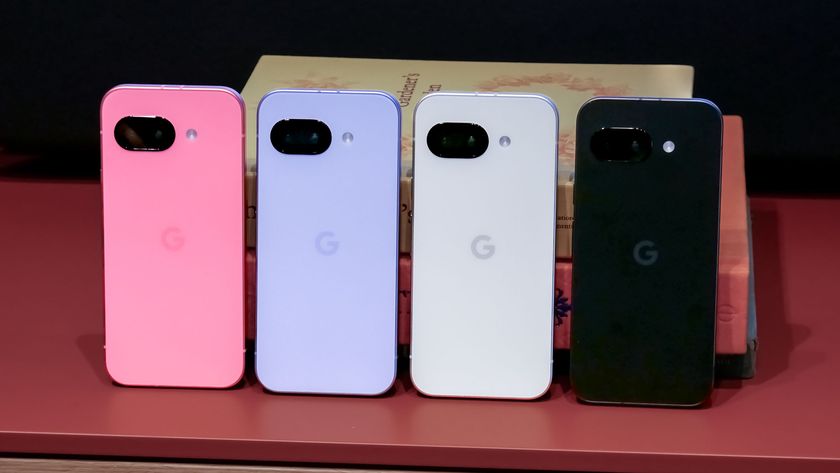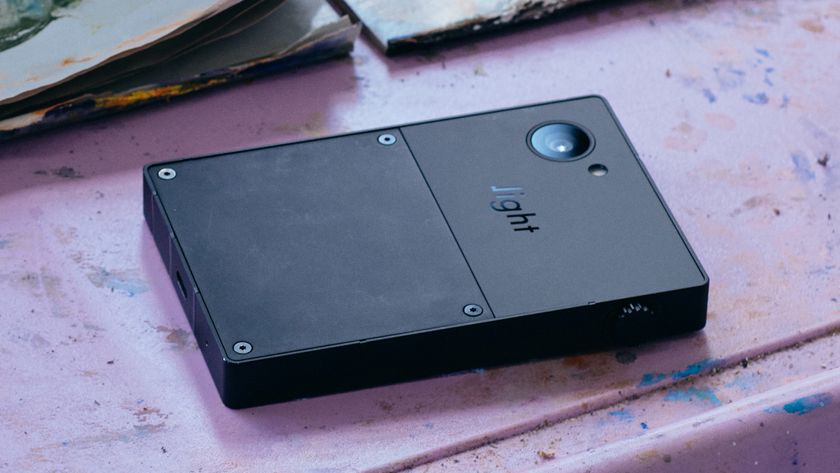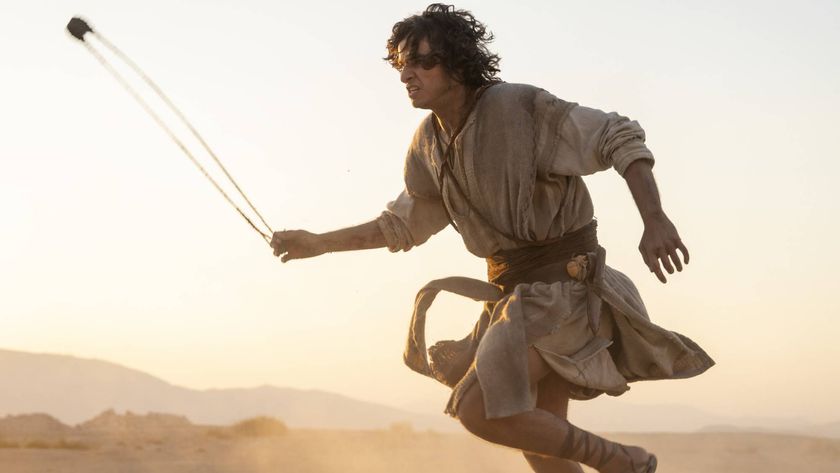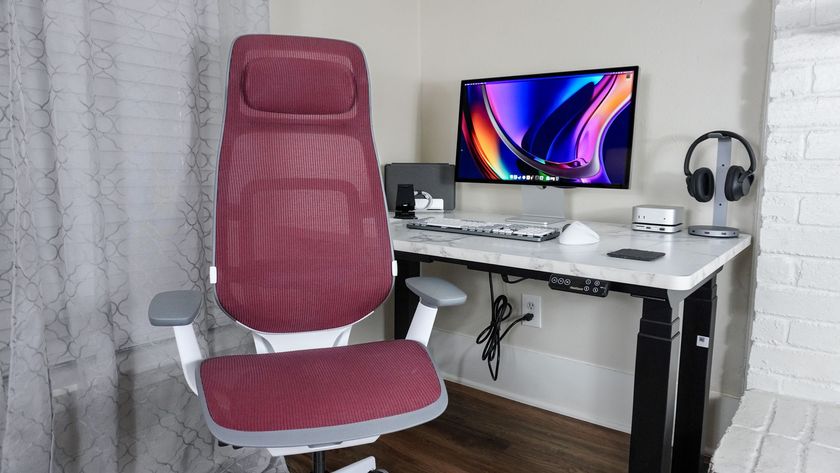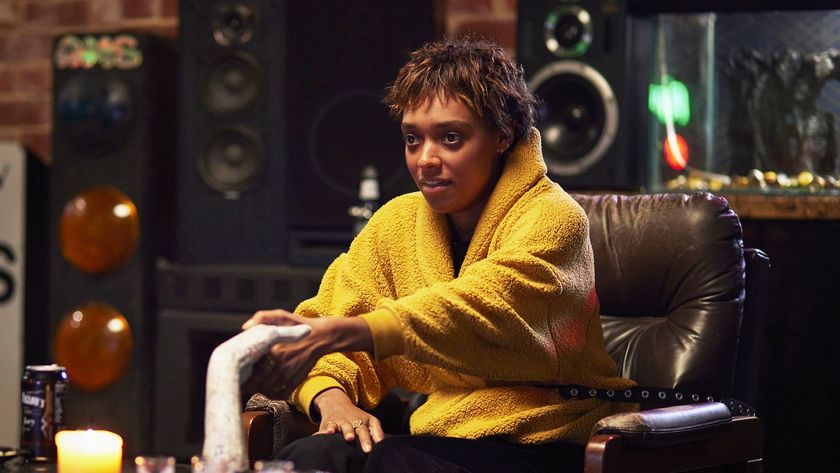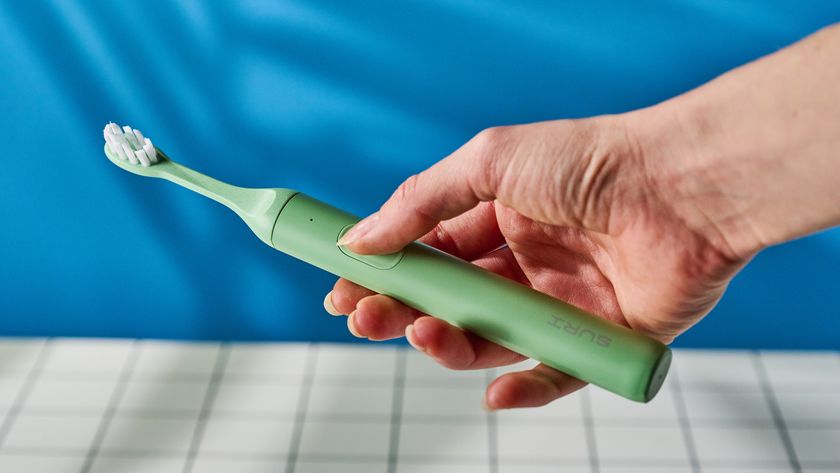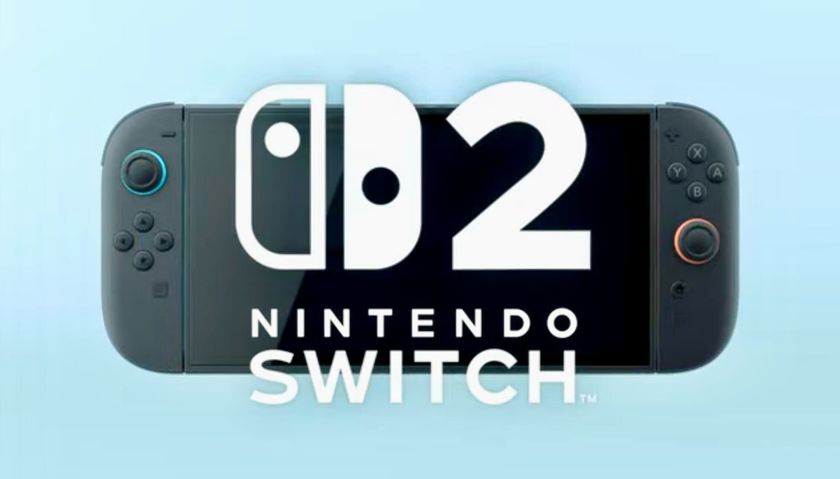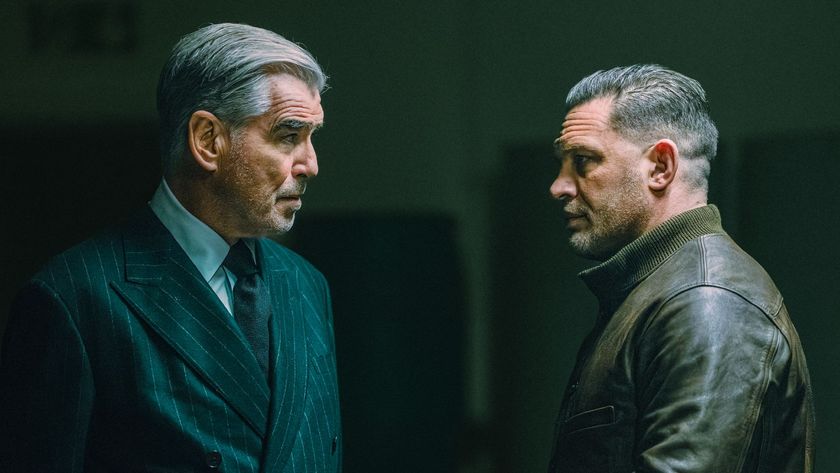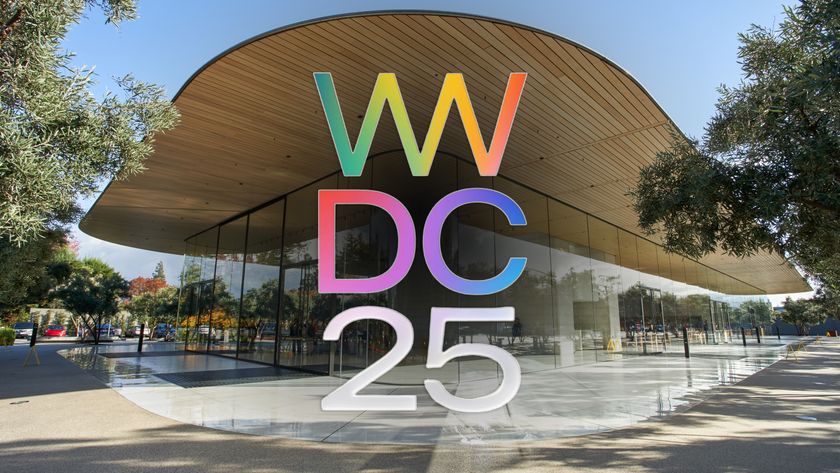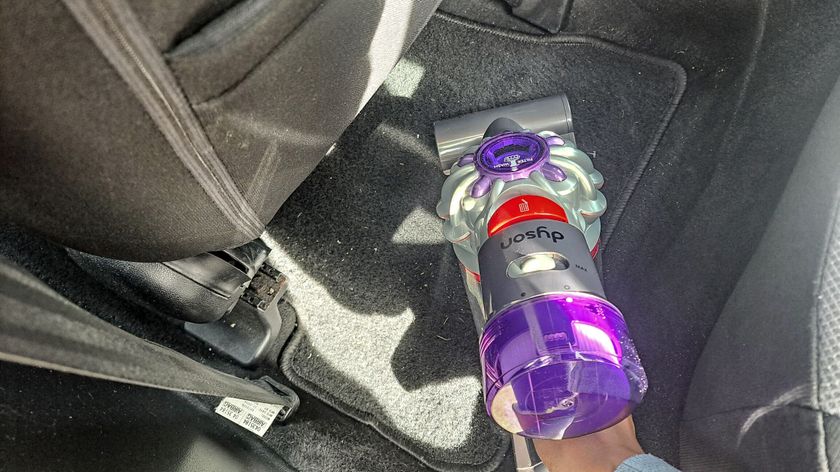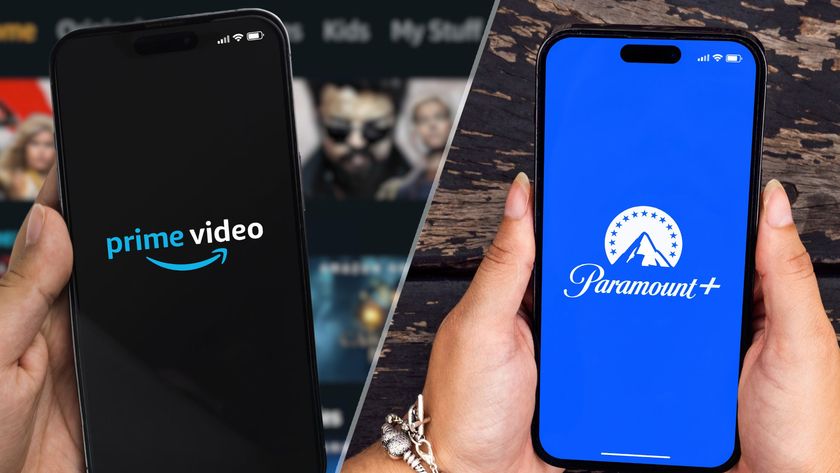Buying an Android Watch? Here's Why You Should Wait
Until smartwatches with Qualcomm's new 3100 CPU arrive, we won't know if Wear OS is any good.
Google is rolling out the newest version of its Wear OS smartwatch operating system today, which brings with it a number of enhancements, such as an updated interface, a Google Assistant feed, and faster access to fitness features. All of this is now available to current Wear OS smartwatch owners. Unfortunately, we won't know if the new Wear OS will be any good until later this year.
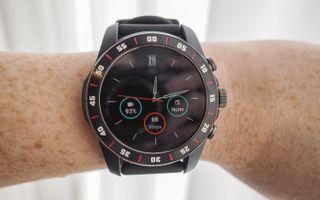
That's because the most critical feature of the new Wear OS—its battery life improvements—will only be available to a new crop of Wear OS smartwatches that have Qualcomm's new 3100 processor. At a press briefing in August, Qualcomm explained that the new processor would shift a number of operations to a more power-efficient co-processor, helping to prolong battery life.
Currently, Wear OS watches run a Qualcomm 2100 CPU, which is nearly three years old at this point.
MORE: 6 Cheap Smartwatches (Under $80) Ranked From Best to Worst
You're lucky if you can eke out a day and a half of battery life from a smartwatch running Wear OS; the same goes for Apple Watches, including the new Apple Watch Series 4.
The Samsung Galaxy Watch, which runs the Tizen OS, is the only smartwatch that's seen marked improvements to its battery life from one generation to the next; I was able to get about four days out of the Galaxy Watch, which far surpasses that of other smartwatches. True, part of that is due to the 46mm Galaxy Watch having a large 472mAh battery, but even the smaller 42mm model will last up to three days, which is still more than double that of most other smartwatches.
Many have argued "hey, you charge your phone every night, so why complain about charging one more device?" The reasons are twofold. First, to charge a smartphone, all you pretty much need is a single USB or lightning cable. Almost all the smartwatches I've tested have some sort of proprietary wireless dongle; forget that at home when you go on a business trip, and you may as well leave the watch in your luggage.
The second reason is that, when you have to charge a phone at night, you can't wear it to track your sleep, which has become a pretty significant part of most fitness trackers, and is a key aspect of measuring your overall health. It's telling that, even though it has fall detection and can tell you if you have an irregular heartbeat, the Apple Watch can't let you know if you've had a good night's sleep.
I'm hopeful that the new Qualcomm CPU will allow Wear OS watches to last two full days on a charge. If it doesn't, then I'll probably wait until a smartwatch can go a full weekend before strapping one on my wrist for good.
Sign up to get the BEST of Tom's Guide direct to your inbox.
Get instant access to breaking news, the hottest reviews, great deals and helpful tips.

Michael A. Prospero is the U.S. Editor-in-Chief for Tom’s Guide. He oversees all evergreen content and oversees the Homes, Smart Home, and Fitness/Wearables categories for the site. In his spare time, he also tests out the latest drones, electric scooters, and smart home gadgets, such as video doorbells. Before his tenure at Tom's Guide, he was the Reviews Editor for Laptop Magazine, a reporter at Fast Company, the Times of Trenton, and, many eons back, an intern at George magazine. He received his undergraduate degree from Boston College, where he worked on the campus newspaper The Heights, and then attended the Columbia University school of Journalism. When he’s not testing out the latest running watch, electric scooter, or skiing or training for a marathon, he’s probably using the latest sous vide machine, smoker, or pizza oven, to the delight — or chagrin — of his family.
